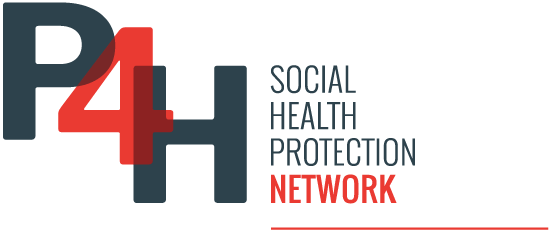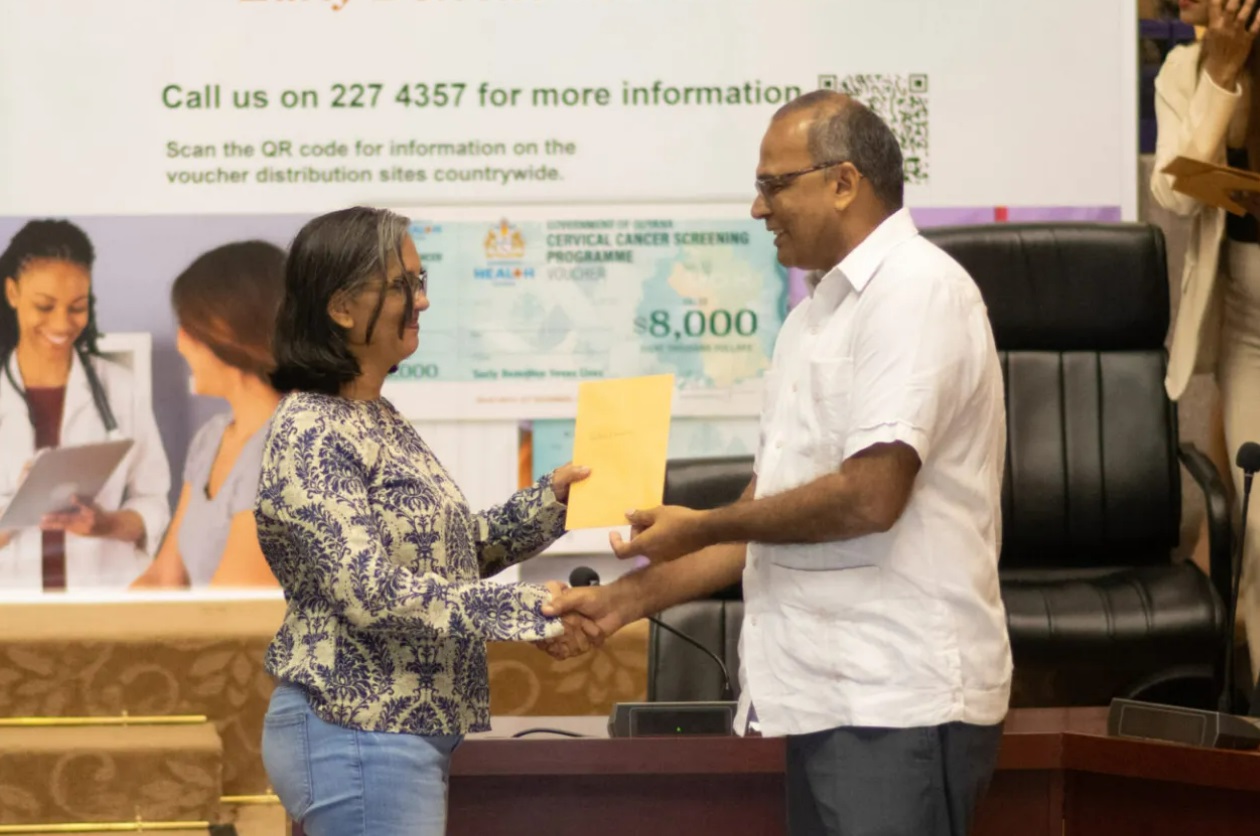Guyana is situated on the northeastern coast of the South American continent and is classified by the World Bank Group as a high-income country. The country gained independence from the United Kingdom of Great Britain and Northern Ireland in 1966 and had a population of 804,600 in 2021.[1] Article 24 of the constitution states, “Every citizen has the right to free medical attention and also to social care in case of old age and disability”. In addition, the national insurance scheme, which came into operation on September 29, 1969, provides a range of social protection schemes, including some health benefits, for formally employed beneficiaries as well as voluntary subscribers.
Sustained improvement in key health financing data
Challenges remain, including high out-of-pocket spending
The 2024 national budget allocated a record US $129.8 billion for health in Guyana. Although much is devoted to improving infrastructure and quality of services, part will be used for managing targeted voucher programmes, including those for women’s health, the Child and Youth Health Programme (among others) and financing the new National Mental Health Action Plan and National Suicide Prevention Plan.
Access to health services remains unequal, and human resources for health are a continued challenge.
References
[1] World Health Organization, Global Health Expenditure Database, Health Expenditure Profile (choose country)


